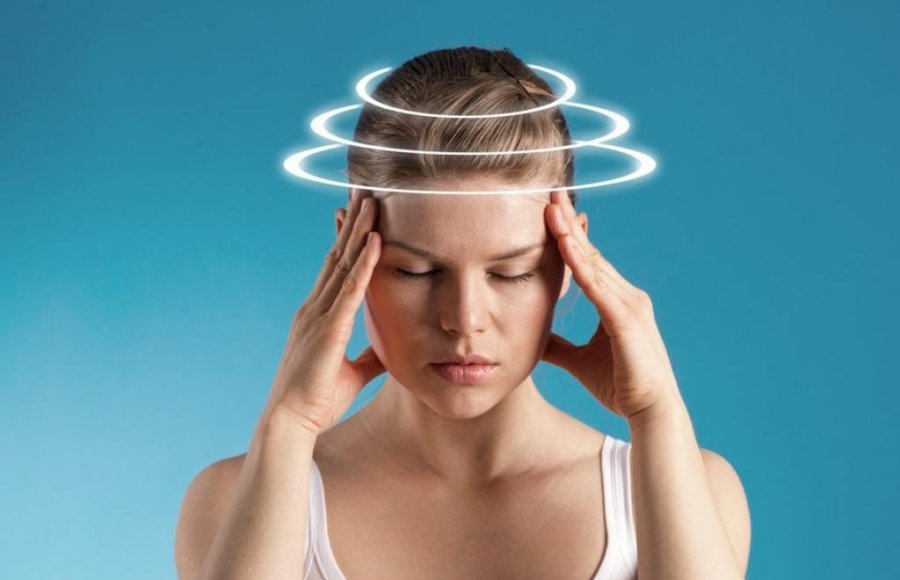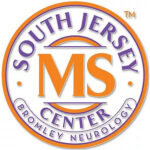
Vegetovascular dystonia is a neurological disorder that causes abnormal heart and blood vessel function. Symptoms can range from excessive sweating to pale skin. People with this condition also experience chest pain and “jumps” in blood pressure. Some sufferers even experience a feeling of unreasonable fear or anxiety. This article will outline the symptoms of vegetative vascular dystonia and help you determine whether it is dangerous.
Symptoms of vegetonic dystonia
There are two types of vegetovascular dystonia, hypertonic and hypotonic. The former causes symptoms such as palpitations, anxiety, and difficulty sleeping. The latter is characterized by weakness and dizziness. It can even cause fainting and dizziness. Symptoms of the former can be severe enough to require medical attention. A vegetovascular dystonia diagnosis should be made as soon as possible to avoid serious complications.
Patients with VVD should understand how panic attacks arise and how to counteract them. First, they should avoid alcoholic beverages or other stimulants. Secondly, they should reduce their intake of spicy, fatty, or overly salty foods. Additionally, they should pay more attention to eating a diet high in fruits and vegetables. They should also consult a doctor if they are experiencing sudden attacks of dystonia or panic. In some cases, drugs can also help.
Vegetovascular dystonia has a complicated etiology and no scientific basis for its occurrence. However, it is a serious condition and if left untreated, can cause serious psychological problems and result in death. Patients with this disease are often prone to panic attacks and uncontrollable fear. If they do not get proper medical attention, they may even experience vegetative crisis, which is characterized by chest pain, tremor, dizziness, and cold sweat.
Vegetovascular dystonia is a serious condition that requires special attention from parents. Children with vegetative vascular dystonia often exhibit symptoms in childhood. Children who experience these episodes often get sick and don’t tolerate stress well. They may also experience mood swings or other symptoms. Even if they are not yet diagnosed with vegetative dystonia, doctors often consider them symptoms of vegetative dystonia and need to take urgent steps to alleviate the symptoms.
The symptoms of vegetative vascular dystonia are a result of the disruption of the blood supply to the brain. If the symptoms are persistent or recurrent, this may be a sign of serious underlying medical conditions. Early diagnosis is the key to minimizing the severity of symptoms. It is possible to treat vegetative vascular dystonia by following a healthy lifestyle. The first step to diagnosis is to check the condition of the spine. This is necessary since spinal issues can impede the full supply to the brain.
Symptoms of vegetato vascular dystonia include pale, cold skin. Patients may also experience hypersalivation or hyperhidrosis. Vagotonia also has a tendency to lead to arterial hypotension and bradycardia. The patient must learn how to resist the symptoms and avoid the seizures. However, timely treatment of this disease is essential to resolving the condition.
Treatment of vegetovascular dystonia
Vegeto-vascular dystonia progresses slowly in adults, but can worsen in the off-season, and if a person is suffering from any kind of weakened immunity. In addition, the disease can lead to inadequate blood supply to the brain, increasing the risk of stroke by two to three times. Other symptoms include headaches, drowsiness, and ringing in the ears.
The onset of VVD is caused by changes in hormone levels and stress. Women are more likely to be affected than men, and it is believed that the female half of the world suffers more than the male. Stressful situations, such as pregnancy, can also cause vegetative-vascular dystonia to develop. A child may also complain of headaches and dizziness. In some cases, symptoms may persist well into adolescence.
Treatment for vegetative vascular dystonia requires a radical lifestyle change. In addition to limiting time spent in front of the television, patients must stop smoking and excessive alcohol intake. In addition, patients with vegetative-vascular dystonia should avoid sports involving sudden movements, such as high jumps, and should avoid situations that increase their psychological stress. This could exacerbate the course of the disease and lead to further complications.
Many patients suffering from vegetative-vascular dystonia suffer from depression, which may include symptoms of hypochondriacal disorder. People with this disorder constantly worry about their health and visit doctors to check on their symptoms. They may even suffer from depression or anxiety disorders. Although there is no definitive treatment for vegetative-vascular dystonia, it is not uncommon for patients to suffer from depression or anxiety disorders.
